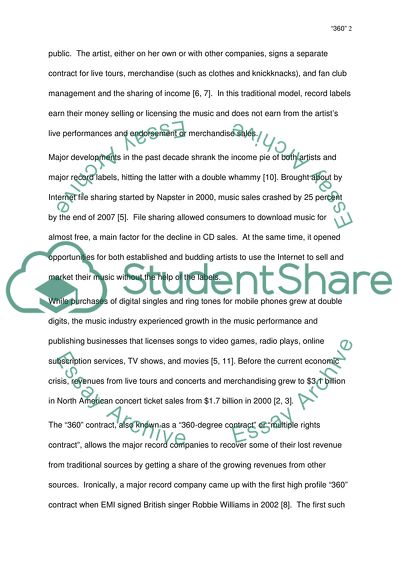Cite this document
(“360 contract of Live Nation Admission/Application Essay”, n.d.)
Retrieved from https://studentshare.org/music/1550294-360-contract-of-live-nation
Retrieved from https://studentshare.org/music/1550294-360-contract-of-live-nation
(360 Contract of Live Nation Admission/Application Essay)
https://studentshare.org/music/1550294-360-contract-of-live-nation.
https://studentshare.org/music/1550294-360-contract-of-live-nation.
“360 Contract of Live Nation Admission/Application Essay”, n.d. https://studentshare.org/music/1550294-360-contract-of-live-nation.


